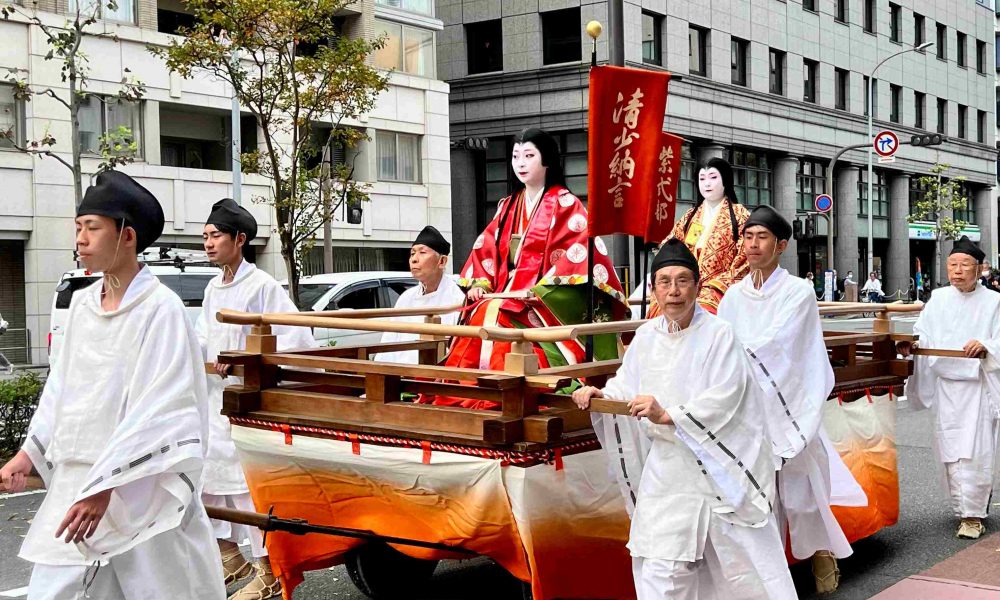Your summer vacation destination has been set on Japan, but you have no idea what to do there. Tohoku, in northern Japan, has a milder temperature and lower humidity than other major Japanese tourist sites like Tokyo and Kyoto, making it an attractive alternative during the summer.
In the Tohoku area, like in the rest of Japan, the summer months are allocated for festivities of various types. The region has three major festivals annually, each with its own unique set of activities and attractions.Known collectively as the “Three Great Festivals of Tohoku,” the Nebuta Festival in Aomori, the Kanto Festival in Akita, and the Tanabata Festival in Sendai (in Miyagi) are all possible to visit in the span of a week with some planning. Here are the options for tohoku festival tours.
Aomori Nebuta Festival
In 1980, the government of Japan designated the Aomori Nebuta Festival, which is held all throughout Japan with parade floats and lanterns, as an Important Intangible Folk Cultural Property. Over three million people from all over Japan and the rest of the world attend the event every year from August 2nd to the 7th, making it the largest Nebuta festival in Japan. In Aomori, huge “nebuta” lanterns are paraded through the streets like floats, each representing a different deity, mythical character, or famous figure from Japanese history or tradition.
Do you want to participate?
Tourists may attend the actual Nebuta Festival if they plan beforehand. Purchase or reserve a costume (a list of stores may be found here; reservations are highly recommended), find the designated meeting areas, and arrive at least ten minutes before the events start.
Akita Kanto Festival
The Akita Kanto Festival opens with a really impressive demonstration of strength and synchronisation. As part of a ritual to drive away evil and respect the gods, over 300 tall poles are lifted into the air, each one draped with gigantic hanging lanterns. The length of the poles, or “kanto,” ranges from 16 to 39 feet, and their weight is proportional to that length. Each pole and its associated string of lights must be carried by its own individual, who must do it while balancing the load on their palm, lower back, shoulder, or even forehead. It’s hard to imagine that the gods of Japan aren’t helping out when you consider the skill and luck needed to balance a pole 12 metres tall with hundreds of lanterns on it just in front of your eyes.
Tanabata celebration Festivakl
The Tanabata celebration in Sendai Tanabata is a traditional Japanese celebration. Perhaps it all started with a Chinese fable about doomed lovers who had to wait a whole year to be reunited in the sky in the height of summer. The Sendai Tanabata Festival () is celebrated annually in Sendai, Miyagi Prefecture, and has its origins in the 17th century with the reign of King Date Masamune. Date Masamune is also credited with creating the city of Sendai.
Conclusion
Tanabata is celebrated in Sendai from August 6th to 8th, a full month after the rest of Japan. Tanabata celebrations are held mostly on July 7, since this is the seventh day of the seventh month. Around 2 million people go to the streets of the city every year to see the bright streamers that adorn the roads and buildings in every direction and the lively parades that take place throughout the festival.

